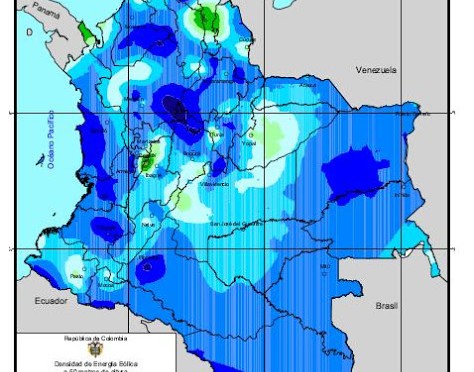Rodolphe Demaine, president of GreenYellow for Colombia and Panama, spoke with Al Paredón about the landscape of Colombia’s energy matrix and how the country has a wide potential in non-conventional renewable energies, but it is necessary to work on regulation and The necessary studies.
What is GreenYellow?
GreenYellow is a somewhat atypical company because we leave a distribution group, a large area that is the Casino Group in France. That group, which is the third retailer in France, had many real estate and stores and had the good idea of ??seeing with the global trend what it would be like to create a subsidiary to lower or reduce the energy bill and that is how GreenYellow was born 10 years ago and little by little The company grew and became independent.
What has been the contribution in reducing energy consumption?
Today all companies begin to realize that clearly the cost of energy VS energy becomes a worldwide problem, especially in emerging countries where they are also subject to pressure at the rate level. Now it is over, it was changed, that is, there are new technologies that are finally much more interesting and do not consume as much as before.
The world is in the trend of using the internet, applications and others, but does that mean more energy consumption?
That is true, I give an example and people in general do not know, but there are expectations only for example of the development of bitcoin worldwide, virtual currency and the need for high-tech computers that could imply an increase of 20% of world energy consumption only with bitcoin, that is, we are with the development of technologies with exponential increase in energy demand, knowing that the problem is that we have a production that makes us an offer that is limited or there is always more . We have a limited time, between what remains as resources that are fossil and the time needed to develop renewable energy.
You have investigated other types of energy and other types of sources to meet demand. In Colombia, what have they found and what have they done?
Well it is clear that Colombia has a very important problem for its energy matrix. As I said very well Hidroituango weighs like 14% of what is the energy matrix and obviously not having 14% that is supposed to be developed, it may be a part, it may be the whole but there is a doubt about the scope it has Hidroituango and to the side, the fact that a part of the oil reserves will also disappear within five years, is a problem or a very difficult equation for Colombia.
The only way to compensate for this is twofold: or to have a large-scale renewable energy development, but the problem is that it takes a little time and there is still infrastructure to reach La Guajira or other places in the country and the other problem is fracking, the problem is that fracking also has implications that are also complicated environmental and especially for a country like Colombia that is a fauna and flora reserve. We believe in GreenYellow because of the experience we have and the potential that Colombia has (20% more solar potential than other countries in the world) is that you can.
Because of the location of our country?
For its location, for its characteristics. It also has an advantage that large cities are concentrated in a few places, there are many spaces available also to develop wind and solar, in addition a large part of the country is not connected, 50% of the country does not have an energy directly from the network, which allows a huge field, a gigantic potential in the development of self-consumption, self-generation, in any place that is not connected, with a solar plant that gives energy directly from the sun in the place, both for companies and also municipalities that are retired.
Your proposal is that in the future also the cities and fields of Colombia may have solar panels to be able to absorb energy and be able to self-supply?
It is necessary, it is clearly that a country like Colombia does not, does not develop its full potential in solar, wind and other sources, gas for example. It is very clear that we will have a very serious problem of energy consumption in the future. There is no way, there is no option, that is, it is necessary to move forward with all the possibilities of energy.
How is the level of investment to enter the solar energy business?
It is difficult, the problem is legislation and the difficulty of developing your own system is not so easy at the domestic level. People can do it, but a little house, it is best that it is not connected, because if it is connected to the network in one way or another and wants to have its own energy, they have enough limitations with the network operator, because they do not want either , it is not an easy thing that obviously anyone, where he put installation to develop their own activity.
In other words, is it a business that starts at an industrial level and at a commercial level?
Exactly. And, in addition, I believe that we must be very frank in the face of the climate challenge, domestic consumption and even the contamination of cars anywhere in the world weighs nothing compared to the pollution represented by the industry. Industry is the sector that has to change. It has to change technology, in addition companies like ours are able to finance all technological change, pay on savings and lower the energy bill. What companies very often do not know and is totally feasible: develop solar solutions on deck, on land that is next door, that is totally.


